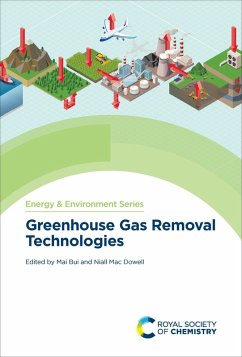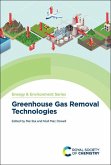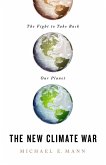Greenhouse gas removal (GGR) technologies can remove greenhouse gases such as carbon dioxide from the atmosphere. Most of the current GGR technologies focus on carbon dioxide removal, these include afforestation and reforestation, bioenergy with carbon capture and storage, direct air capture, enhanced weathering, soil carbon sequestration and biochar, ocean fertilisation and coastal blue carbon. GGR technologies will be essential in limiting global warning to temperatures below 1.5°C (targets by the IPCC and COP21) and will be required to achieve deep reductions in atmospheric CO2 concentration. In the context of recent legally binding legislation requiring the transition to a net zero emissions economy by 2050, GGR technologies are broadly recognised as being indispensable.
This book provides the most up-to-date information on GGR technologies that provide removal of atmosphere CO2, giving insight into their role and value in achieving climate change mitigation targets. Chapters discuss the issues associated with commercial development and deployment of GGRs, providing potential approaches to overcome these hurdles through a combination of political, economic and R&D strategies.
With contributions from leaders in the field, this title is an indispensable resource for graduate students and researchers in academia and industry, working in chemical engineering, mechanical engineering and energy policy.
This book provides the most up-to-date information on GGR technologies that provide removal of atmosphere CO2, giving insight into their role and value in achieving climate change mitigation targets. Chapters discuss the issues associated with commercial development and deployment of GGRs, providing potential approaches to overcome these hurdles through a combination of political, economic and R&D strategies.
With contributions from leaders in the field, this title is an indispensable resource for graduate students and researchers in academia and industry, working in chemical engineering, mechanical engineering and energy policy.
Dieser Download kann aus rechtlichen Gründen nur mit Rechnungsadresse in A, D ausgeliefert werden.









